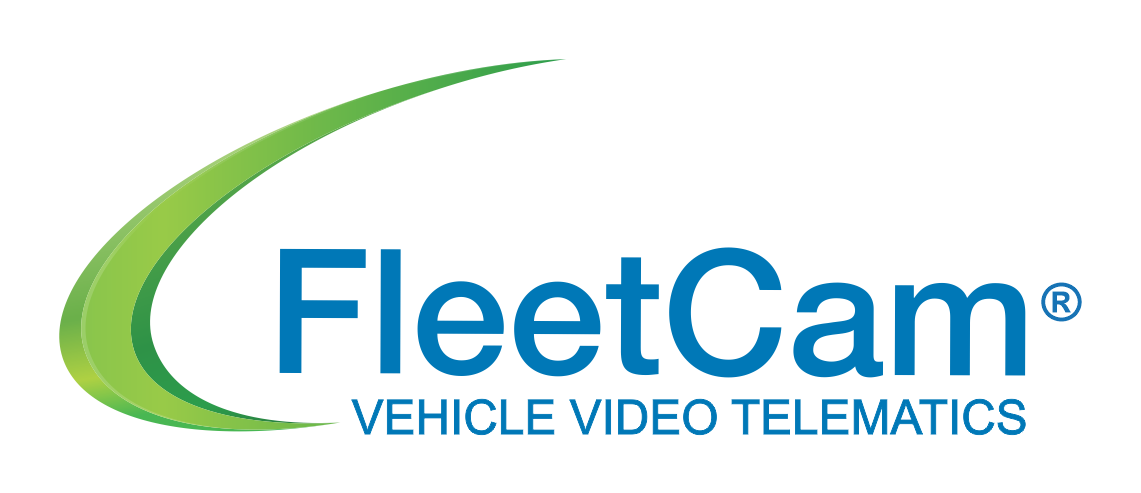
Choosing a Vehicle Camera System Part 4 – Communications Technology
Editor’s Note: This is part 4 of a 6-part series
In a 6-part series, we take an in-depth look at five critical areas to consider and questions to ask when choosing a vehicle camera system for your fleet. Today we cover the fourth crucial area – Understanding The importance and function of various communications systems and technology embedded into Vehicle Video Telematics Systems.
Communication is one of the fundamental components of any telematics device. It enables the hardware device to send data and information to various servers to be processed and displayed on client-end tracking and streaming software. Generally speaking, a telematics device communication system will consist of GSM and GPS and transmit data using an onboard SIM card. The efficiency and accuracy of this data then depend on the type of broadband cellular network, which ultimately determines the speed and capability. The current high-use GSM family of standards includes:
(1) GSM – (Global System for Mobile Communications), Essentially 2G. Many mobile carriers will permanently suspend 2G GSM by the end of 2022
(2) EDGE – (Enhanced Data rates for GSM Evolution) – Considered the precursor to 3G technology. EDGE has a theoretical maximum speed of 473.6 kbit/s and can handle almost four times the traffic as GSM/2G
(3) LTE – (Long-Term Evolution) – Is based on the GSM/EDGE standards. Average speeds far exceed EDGE’s, with average speed rates around 40Mbit/s.
(4) 3G – (3rd Generation of Mobile technology) The Precursor to 4G technology, 3G, ultimately proved to be a game changer in the mobile telecommunications sector. With vastly improved transfer speeds and voice quality, 3G eventually opened a new and complex world of possibilities and technologies in wireless voice telephony, mobile Internet access, fixed wireless Internet access, video calls, and mobile TV. 3G also played a Fundamental role in various technology transitions in the telematics industry. It ultimately led to the possibility of live streaming onboard vehicle cameras and the rapid expansion of Video Vehicle Telematics as a service.
(5) 4G – (4th Generation of Mobile technology) With a download speed of around 1 Gigabyte per second, 4G proved vital for technologies in mobile web access, IP telephony, gaming services, high-definition mobile TV, video conferencing, and 3D television. 4G is the current top-end communications technology used in Vehicle Camera systems and the current recommended standard.
(6) 5G (5th Generation of Mobile technology) Is the latest technology in mobile communication and began deployment globally in 2019; it is estimated that by 2025, 1.7 billion users will be on the 5G network. 5G will have greater bandwidth, giving higher download speeds, eventually up to 10 gigabits per second (Gbit/s). This increase in speed and efficiency is crucial to industries and technologies such as IoT, Artificial intelligence, machine learning, and a more connected world.
When deciding on a Vehicle Video Telematics system for your fleet, check the communication standard it runs on. Currently, 4G is the golden standard in the industry. This will significantly improve speed and reaction times when streaming cameras to your mobile device or desktop and when downloading and analyzing footage remotely.
Questions & Answers from this Article:
Q: Which Generation of Mobile technology should I ensure Is in my vehicle camera system and why?
A: 4G due to its much higher download speeds and latency. 3G is slowly being brought to its end of life, and It is not advisable to invest in new technology with outdated communication systems
Q: What SIM cards should I be using?
A: Most Vehicle Video Telematics service providers will take the hassle of managing SIM cards away from you and have automated SIM management systems that will use the most common (and reliable) cellular service providers. Should you wish to manage your sim cards yourself, please always ensure there is sufficient coverage in the areas your vehicles predominantly operate in.
Q: How much data would a single four-channel vehicle camera system consume in an average month?
A: This is a “how long is a piece of string” question. When deciding on a data package for your fleet’s camera systems, many variables must be considered. The most common packages are 1GB, 3GB, 5GB, and 10GB monthly data packages. Let’s take a look at considering factors;
+ Is your Fleet being monitored by a 24/7 Control room? This could be your control room or your VVT service provider’s control room; either way, having a control room monitor the cameras in your vehicles will increase data usage due to more streaming and downloading of video footage. We would recommend a 3GB or 5GB data package.
+ How many users in your organization have access to stream and download video footage (either through the mobile app or the desktop software)? The more your organization’s users actively use the software to stream and download footage, the higher your data usage will be.
+ 3G/4G flow control – Your VVT software should have the option to set daily data limits; this will distribute data daily and ensure your data lasts until the end of the month.
With the correct communications structure and technology, your VVT solution will meet expectations and ensure high-quality, fast delivery of data and imagery. We hope you have enjoyed this article and that it has been informative. Next Week we’ll be looking at STORAGE and the various methods and technologies used to store and retrieve data from onboard vehicle cameras.
Until then,
The FleetCam Team


